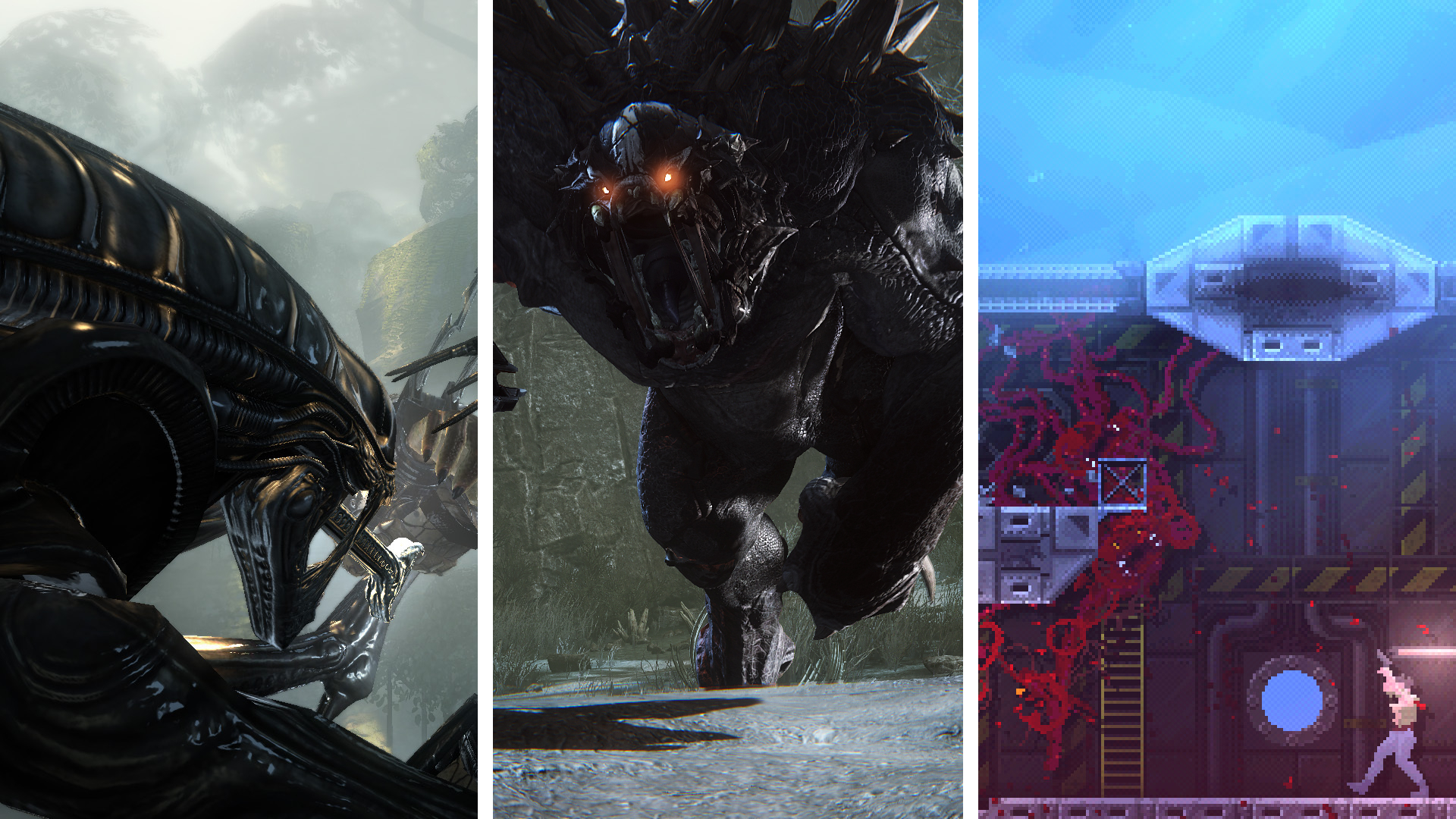There are currently more stars in the cosmos than any one person could ever count. Our galaxy alone contains about 400 billion. But it wasn't always this way.
For many millions of years after our universe first formed no stars existed, and then there was one. That primordial star was likely a massive blazing behemoth that burned brighter and faster than any star around today.
A new computer model now suggests that it also formed much earlier than previously thought.
Other studies have estimated that the first star sparked into existence some 155 million years after our universe exploded into life in the Big Bang 13.7 billion years ago.
The new simulation indicates that this event occurred much earlier, when the universe was only 30 million years old. It also suggests that it took about another 370million years for the first galaxy as massive as our own Milky Way to form.
The model is detailed in an upcoming issue of the Monthly Notices for the RoyalAstronomical Society.
When exactly?
Breaking space news, the latest updates on rocket launches, skywatching events and more!
Using detailed computer simulations, astronomers reconstructed the conditions under which the first star was born and even the precise sequence of steps that occurred soon after to allow other stars, and eventually galaxies, to form.
Astronomers suspect, for example, that the first star formed in a dense cloud of dark matter and gas. They also think that many present-day galaxies are the products of mergers between much smaller galaxies during the early days of our universe.
Estimating when the first star formed, however, has been difficult. That's because even the most powerful supercomputers can only simulate small portions of the universe at a time.
"To estimate when the first stars formed, we must remember that the first 100,000solar mass clumps collapsed in regions that happened to have particularly high densities early on," said study leader Rennan Barkana, an astrophysicist at the University of Tel Aviv in Israel.
"There were initially only a few such regions in the entire universe, so a simulation that is limited to a small volume is unlikely to find such [regions] until much later," he said.
The model created by Barkana and his colleagues gets around this problem by approximating how many dark matter clumps large enough to host the first star were present at different times of the universe.
"We integrated this over time to find the total expected number of observable stars," Barkana said. The researchers then crosschecked their predictions with simulations.
Primal stars
Even by stellar standards, the primordial star was a monster. It likely had a mass of about 100 times that of our Sun and it would have spewed out vast amounts of energetic radiation, especially in the ultraviolet range. Had human eyes been around to see it, it would have appeared blue-violet in color.
The first star shone brighter than most stars in existence today and it zipped through its stellar life in only 2 million to 3 million years, compared to the several-billion-year lifetimes that some of today's stars have. Our Sun is middle-aged now and has been around for 4.6 billion years.
Scientists think that when it spent its fuel, the first star exploded in a titanic stellar cataclysm called a supernova, flinging heavy elements forged during the star's lifetime into space, setting the stage for the next generation of stars.
"After a short time, stars began appearing in greater abundance throughout the universe," Barkana told SPACE.com.
The second generation stars likely formed within about a million years after the first, Barkana said. Within five million years, there were about 100 stars; within ten million years, 10,000 celestial orbs of fire were lighting up the heavens.
Unlike that first star, which was made up mostly of hydrogen and helium, the stars that came after contained heavier elements, such as carbon and iron.
Still detectable
Light once emitted by the first star might still be detectable, Barkana said.
In space, the older an object is, the farther away it is. It would require a telescope about 100 million times more sensitive than the Hubble Space Telescope to observe light from the first star, but it's not impossible.
"If the first star was indeed massive and produced in its death a huge supernova explosion or gamma ray burst, then we might have a chance to see the explosion with the instruments planned for the coming decade," Barkana said.
Join our Space Forums to keep talking space on the latest missions, night sky and more! And if you have a news tip, correction or comment, let us know at: community@space.com.
Ker Than is a science writer and children's book author who joined Space.com as a Staff Writer from 2005 to 2007. Ker covered astronomy and human spaceflight while at Space.com, including space shuttle launches, and has authored three science books for kids about earthquakes, stars and black holes. Ker's work has also appeared in National Geographic, Nature News, New Scientist and Sky & Telescope, among others. He earned a bachelor's degree in biology from UC Irvine and a master's degree in science journalism from New York University. Ker is currently the Director of Science Communications at Stanford University.
